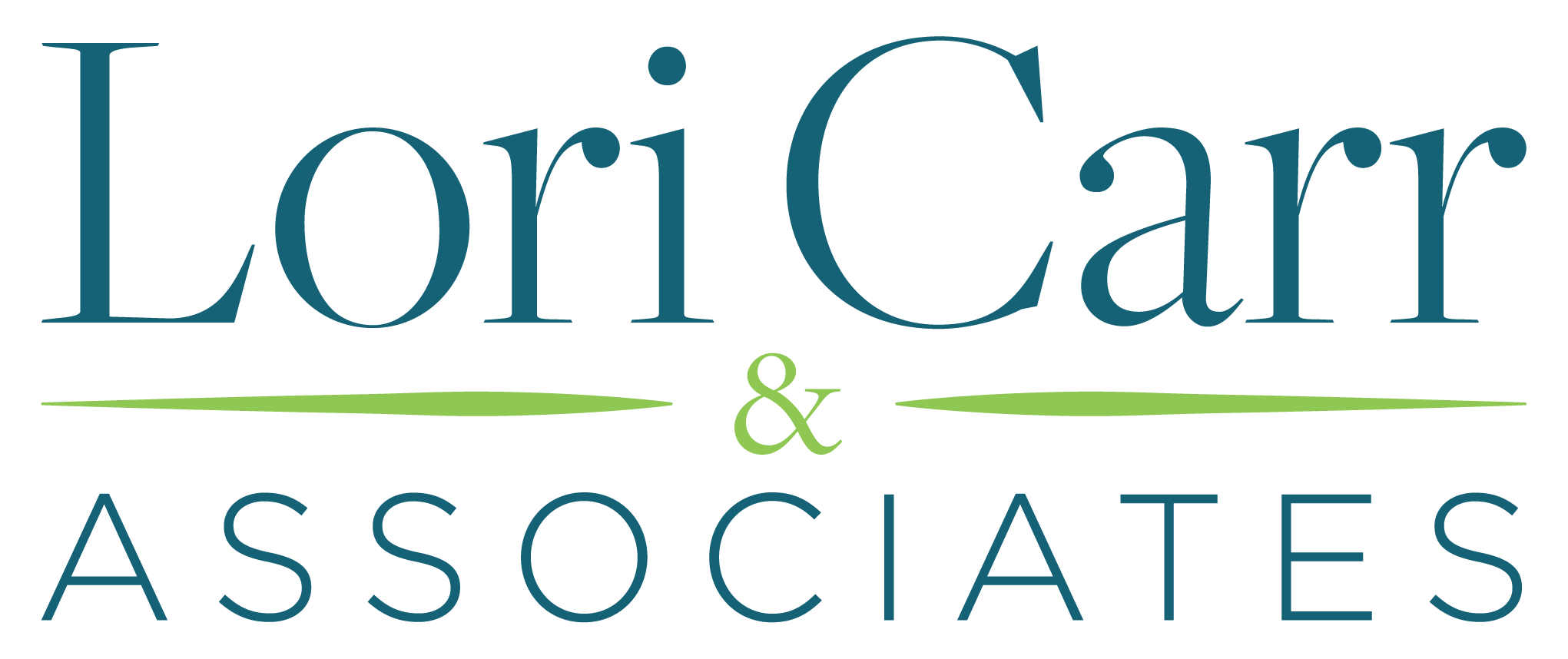- Want to learn more?
- [email protected]
Getting [Employees] Engaged: Secrets to Happily Ever After

What You Must Know to Win Customers Back
December 2, 2014
Mission + Vision + Annual Planning = Successful Future State
February 11, 2015Getting [Employees] Engaged: Secrets to Happily Ever After

The final strategy in my blog series Mend the Holes in Your Leaky Bucket: 10 Best Practices for Higher Customer Retention is employee engagement. Although it’s the last topic in this series, it’s certainly not the least in importance. Highly motivated, high-performing, happy employees are a crucial prerequisite for happily-ever-after customer experiences. Given the indisputable correlation between employee engagement and customer engagement, it’s vital to ensure that employees throughout your company are educated, encouraged, and empowered to promote and enact your customer retention strategy at all times.
Employee engagement drives performance and helps organizations hire, develop, and retain top talent. And when that precious talent is aligned with best-fit roles in the context of a highly engaging business culture—success happens! Leading researchers at the Gallup Organization examined statistical evidence of the relationship between employee engagement and company performance outcomes: “After studying nearly 1.4 million employees, their analysis confirmed the well-established connection between employee engagement in a number of performance outcomes including customer ratings, profitability, and productivity, among others.” But that’s not all—the most astonishing finding was in company earning per share (EPS), as highly engaged employees drove EPS up over 147% compared to competitors, while less-engaged employees drove EPS down by 2%! Clearly, employee engagement is not only a “right thing to do”; it’s also very important to company financials as well as customer engagement, so let’s talk about how to drive employee engagement up.
Hewitt Associates defines engagement as “the state in which individuals are emotionally and intellectually committed to the organization or group, as measured by three primary behaviors”:
Say—The employee consistently speaks positively about the organization to coworkers and refers potential employees and customers;
Stay—The employee has an intense desire to be a member of the organization, despite opportunities to work elsewhere; and
Strive—The employee exerts extra effort and exhibits behaviors that contribute to business success.
Hewitt asserts that by understanding engagement drivers and each driver’s relative impact on raising (or lowering) engagement levels, organizations can plan for the optimal allocation of resources toward motivating their talent to continually excel.
 Some specific drivers of employee engagement may differ across companies, but foundational elements do exist. Best practices for engagement include investment in an overall employee strategy, meaning an investment in the employees themselves. An Inc. Magazine article, Employee Engagement Best Practices: Performance as a Team Sport, describes a group of key drivers including connection, culture, communication, and collaborative performance.
Some specific drivers of employee engagement may differ across companies, but foundational elements do exist. Best practices for engagement include investment in an overall employee strategy, meaning an investment in the employees themselves. An Inc. Magazine article, Employee Engagement Best Practices: Performance as a Team Sport, describes a group of key drivers including connection, culture, communication, and collaborative performance.
More tactically speaking, I think that it’s crucial to invest in employee training, coaching, and feedback approaches that directly elevate employee behavior in any area that leads to better customer experience. Engaging employees as collaborators to solve business challenges that directly improve customer experience makes employees feel valued—not to mention how problem-solving and improved business processes effectively address other relevant company issues as well.
An example: thanks to their daily customer interactions, customer-facing employees (e.g., sales, service, account management, and customer success representatives) possess direct and relevant information that, when utilized appropriately, can resolve those pesky impediments to customer experience excellence. This type of approach to employee engagement, when built on a foundation of clear vision, positive leadership modeling, performance evaluation, and incentives supporting those defined customer objectives—coupled with clear communication and measured, rewarded performance—will result in positive changes clearly reflected in increased retention.
Citing data from Gallup’s latest State of the American Workplace Report, a Forbes article notes, “70 percent of U.S. workers don’t like their job, creating an environment where many workers are emotionally disconnected from their workplace and less productive than engaged colleagues.” This interesting article also discusses how a culture of employee engagement has been fostered in certain U.S. companies that are highly rated as “best places to work.” Here are several highlights of those pro-engagement practices:
- Understanding what employees are thinking and what they value
- Connecting what employees value to the work that needs to get done
- Rewarding employees for big and small accomplishments
- Changing the behaviors of employees who aren’t contributing to the culture—or realigning with employees who will contribute
- Creating an “intentional culture” that makes serving customers highly valued and enjoyable
- Committing to open, honest, consistent communication that’s congruent with actions
- Creating and communicating career paths and continuous learning opportunities
- Collaborating both within and outside of the company, fostering accessible employee relationships across all levels of the organization
Hiring, training, and fully enabling the right employees to willingly engage in the creation and delivery of exceptional customer experiences are fundamental steps toward increasing customer retention and loyalty. Beyond that, employees must be encouraged to innovate, and to help company leaders understand any process that blocks or hinders a great customer experience. Leaders must, in turn, prioritize obtaining employees’ feedback, resource their improvement recommendations, and remove service impediments. You’ve learned about the “secrets” of employee engagement…use them to ensure a long and happy relationship between your company and your customers.
Thank you for tuning in weekly for the in-depth discussions of the best practices for higher customer retention in Mend the Holes in Your Leaky Bucket. I hope that this 10-article series continues to serve as a valuable reference, providing insights and guidance as you plan, develop, and implement your own customer retention strategy.
 I’m very excited to tell you about the launch of my new Customer Retention System in early 2015. This innovative, self-service product will provide small and medium-sized companies with the same knowledge, processes, and tools that the big corporations use to dramatically increase retention by 5–25% starting in just 90 days, and it will be backed by my money-back guarantee. Finally, now you too will have access to retention and loyalty products you thought only enterprise companies and large leaderboard corporations could afford. I am creating something especially for you.
I’m very excited to tell you about the launch of my new Customer Retention System in early 2015. This innovative, self-service product will provide small and medium-sized companies with the same knowledge, processes, and tools that the big corporations use to dramatically increase retention by 5–25% starting in just 90 days, and it will be backed by my money-back guarantee. Finally, now you too will have access to retention and loyalty products you thought only enterprise companies and large leaderboard corporations could afford. I am creating something especially for you.
To learn more about this exciting, one-of-a-kind system designed specifically for small and medium-sized businesses, sign up on my website for our newsletter, where some of you will receive an” invitation only” look inside the new system.
Lori Carr is a customer experience pioneer and expert. Working with Fortune 500 companies for the past 25 years, she helps recognized brands to dramatically increase retention, loyalty, and profitable revenues.



